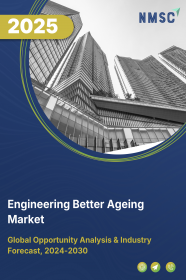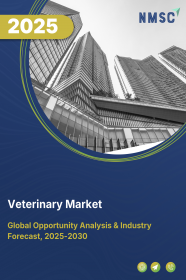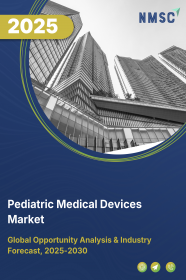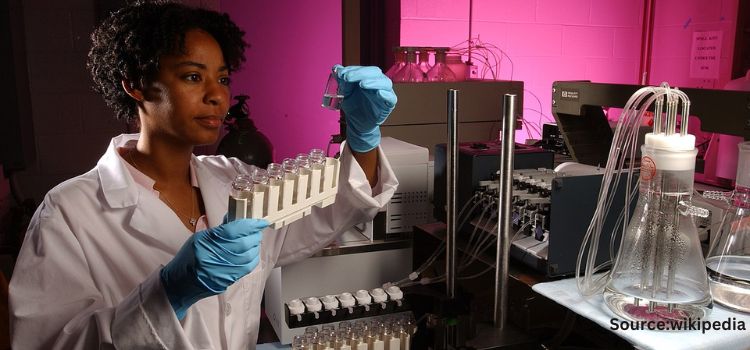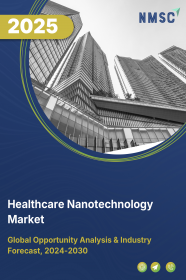
Healthcare Nanotechnology Market by Molecule Type (Nanoparticles, Nanoshells, Nanotubes, and Nanodevices), by Modality (Diagnosis and Treatment), by Indication (Clinical Oncology, Infectious Diseases, Clinical Cardiology, Orthopedics, Neurology, Urology, Ophthalmology, Immunology, and Others), and by Application (Drug Delivery, Diagnostic Imaging, Vaccines, Regenerative Medicine, Implants, and Other Application) – Global Opportunity Analysis and Industry Forecast, 2024–2030
US Tariff Impact on Healthcare Nanotechnology Market
Trump Tariffs Are Reshaping Global Business
Healthcare Nanotechnology Market Overview
The global Healthcare Nanotechnology Market size was valued at USD 91.83 billion in 2023 and is predicted to reach USD 279.90 billion by 2030 with a CAGR of 17.4% from 2024-2030.
The healthcare nanotechnology market also known as nanomedicine industry refers to the application of nanoscience and nanostructures to improve various aspects of medical practice, including disease prevention, diagnosis, and treatment. This market includes nanomedicine for advanced drug delivery systems and therapeutic treatments, as well as diagnostic nanotechnology for precise disease detection and monitoring. It also includes nano-enabled medical devices that improve performance and functionality.
Nanotechnology is used to treat a variety of diseases, including cancer, HIV/AIDS, Alzheimer's disease and many more. Moreover, nanosensors are emerging as powerful tools for detecting and measuring a wide range of substances including metabolites within body fluids for monitoring purposes. These nanosensors are also being integrated into wearable devices, enabling real-time monitoring of patient’s health and promoting proactive healthcare strategies for better patient outcomes.
Market Dynamics and Trends
Rising global healthcare expenditure is propelling the adoption of advanced nanotechnology solutions to meet the increasing patient demand. This investment trend is accelerating the integration of nanotechnology to enable more innovative treatments and diagnostics.
According to a report by the World Bank, healthcare expenditure in the U.S. represented approximately 16.6% of its GDP in 2022. In the same year, Germany's healthcare expenditure accounted for approximately 12.7% of its GDP.
Also, the growing incidence of chronic diseases such as cancer and diabetes further increased the demand for more advanced treatment options. As a result, nanotechnology is gaining traction for its ability to provide targeted and effective healthcare solutions.
According to the data published by the World Health Organization, Cardiovascular diseases accounts for most NCD deaths that is approximately 17.9 million people annually, followed by cancers and other chronic respiratory diseases million. This huge number of people suffering from chronic diseased further drives the demand for proper medical nanotechnology solutions.
Moreover, growing research and innovation in nanotechnology resulted in new healthcare applications, such as enhanced drug delivery devices and diagnostic tools. This progress enables more effective treatments and early disease detection that in turn drives the healthcare nanotechnology market expansion.
For instance, in September 2024, Apollo Hospitals launched the Apollo Research Academy to enhance its capabilities in healthcare research and innovation that aims to become a global leader in the field. The academy further integrates efforts from various Apollo entities to foster collaboration and build partnerships with national and international research organizations.
However, the regulatory complexity with long approval processes from the Food and Drug Administration (FDA) and European Medicines Agency (EMA) is restraining the growth of the market.
On the contrary, the rapid adoption of nanoparticles to deliver chemotherapy drugs directly to cancer cells, sparing healthy tissue and reducing side effects is expected to create significant growth opportunity for the market.
For example, in July 2024, Binghamton University researchers are innovating the use of cell-derived nanovesicles to deliver therapeutic agents directly to cancer cells with enhanced accuracy and efficiency. This breakthrough in Biomedical nanotechnology holds the potential to revolutionize cancer treatment by providing a safer and more effective way to treat target tumors.
Market Segmentation and Scope of Study
The healthcare nanotechnology market report is segmented on the basis of molecule type, modality, indication, application, and region. On the basis of molecule type, the market is divided into nanoparticles, nanoshells, nanotubes, and nanodevices. On the basis of modality, the market is categorized into diagnosis and treatment. On the basis of indication, the market is segmented into clinical oncology, infectious diseases, clinical cardiology, orthopedics, neurology, urology, ophthalmology, immunology, and others. On the basis of application, the market is classified into drug delivery, diagnostic imaging, vaccines, regenerative medicine, implants, and other application. Regional breakdown and analysis of each of the aforesaid segments includes regions comprising of North America, Europe, Asia-Pacific, and Rest of the World (RoW).
Geographical Analysis
North America dominates the healthcare nanotechnology market share during the forecast period. This is attributed to the increasing healthcare expenditure that supports the adoption and development of nanotechnology within the healthcare industry.
As per the report published by the World Bank, the total expenditure on healthcare from the U.S. is approximately 16.6% of the overall GDP in the year 2022. Moreover, Canada’s healthcare expenditure is recorded at 11.2% of the GDP for the year of 2022.
Also, the increasing initiatives by educational institutions in developed countries, such as the U.S. and Canada towards technological advancements in nanotechnology-based gene editing are driving the healthcare nanotechnology market growth.
As scientists from Massachusetts Institute of Technology (MIT) and the University of Toronto created new nanoparticles that helps to perform gene editing in the lungs. This breakthrough development leads to the development of therapeutic nanoparticles capable of snipping out and replacing disease-causing genes.
On the other hand, Asia-Pacific is considered fastest growing region in the healthcare nanotechnology industry owing to the presence of prominent companies such as Oxford Nanopore Technologies, Taiwan Liposome Company, and others that are opting various business strategies including partnership which in turn is boosting the market growth.
For instance, in February 2023, Oxford Nanopore Technologies partnered with UPS Healthcare to accelerate the delivery of new-generation DNA sequencing technology to more customers in locations across Asia-Pacific. The partnership strengthens Oxford Nanopore's portable and real-time DNA sequencing device’s supply chain throughout Asian market. Thus, customer gets the faster delivery with less complexity, leaving more time to pursue high-impact, time-sensitive genomics research and discovery in areas such as human disease, cancer, and agriculture.
Furthermore, the increasing demand for the smart wearable patches that monitors the health signals in the body propels the healthcare nanotechnology market demand. For instance, in May 2023, Researchers at Monash University in Australia developed an ultra-thin skin patch with nanotechnology that monitors 11 human health signals. The wearable patch comes with three layers and is worn on the neck to measure speech, neck movement, touch, breathing, and heart rates.
Competitive Landscape
The healthcare nanotechnology industry includes several key players including Abbott Laboratories, GE Healthcare, Johnson and Johnson Services, Inc, Merck & Co., Inc., Invitae Corporation, Pfizer Inc, Taiwan Liposome Company, Ltd, DiaSorin S.p.A., Bristol-Myers-Suibb Company, Mallinckrodt Pharmaceuticals plc, Nanobiotix, Sona Nanotech Inc., COUR Pharmaceuticals, Blueberry Therapeutics Ltd., Cello Therapeutics and others. These market players are opting various strategies such as acquisition and partnership to maintain their dominance in the global market.
For instance, in April 2023, Abbott acquired Cardiovascular Systems, Inc. (CSI), a medical device company with an innovative atherectomy system used in treating peripheral and coronary artery disease. This acquisition provides Abbott with a complementary solution for treating vascular disease and enhances its ability to care for patients with peripheral and coronary artery disease through nanotechnology solutions.
Moreover, in January 2022, Pfizer partnered with Acuitas Therapeutics to expand its access to lipid nanoparticle (LNP) delivery technology for use in mRNA vaccines and therapeutics. This strategic partnership strengthens Pfizer's mRNA capabilities and aligns with its ongoing efforts to develop innovative mRNA-based solutions to address unmet medical needs.
Key Benefits
-
The report provides quantitative analysis and estimations of the healthcare nanotechnology industry from 2024 to 2030, which assists in identifying the prevailing market opportunities.
-
The study comprises a deep-dive analysis of the current and future healthcare nanotechnology market trends to depict prevalent investment pockets in the market.
-
Information related to key drivers, restraints, and opportunities and their impact on the market is provided in the report.
-
Competitive analysis of the players, along with their market share is provided in the report.
-
SWOT analysis and Porters Five Forces model is elaborated in the study.
-
Value chain analysis in the market study provides a clear picture of roles of stakeholders.
Healthcare Nanotechnology Market Key Segments
By Molecule Type
-
Nanoparticles
-
Nanoshells
-
Nanotubes
-
Nanodevices
By Modality
-
Diagnosis
-
Treatment
By Indication
-
Clinical Oncology
-
Infectious Diseases
-
Clinical Cardiology
-
Orthopedics
-
Neurology
-
Urology
-
Ophthalmology
-
Immunology
-
Others
By Application
-
Drug Delivery
-
Diagnostic Imaging
-
Vaccines
-
Regenerative Medicine
-
Implants
-
Other Application
By Region
-
North America
-
The U.S.
-
Canada
-
Mexico
-
-
Europe
-
The UK
-
Germany
-
France
-
Italy
-
Spain
-
Denmark
-
Netherlands
-
Finland
-
Sweden
-
Norway
-
Russia
-
Rest of Europe
-
-
Asia-Pacific
-
China
-
Japan
-
India
-
South Korea
-
Australia
-
Indonesia
-
Singapore
-
Taiwan
-
Thailand
-
Rest of Asia-Pacific
-
-
RoW
-
Latin America
-
Middle East
-
Africa
-
Key Players
-
Abbott Laboratories
-
GE Healthcare
-
Johnson and Johnson Services, Inc
-
Merck & Co., Inc.
-
Invitae Corporation
-
Pfizer Inc
-
Taiwan Liposome Company, Ltd
-
DiaSorin S.p.A.
-
Bristol-Myers-Suibb Company
-
Mallinckrodt Pharmaceuticals plc
-
Nanobiotix
-
Sona Nanotech Inc.
-
COUR Pharmaceuticals
-
Blueberry Therapeutics Ltd.
-
Cello Therapeutics
REPORT SCOPE AND SEGMENTATION:
|
Parameters |
Details |
|
Market Size in 2023 |
USD 91.83 Billion |
|
Revenue Forecast in 2030 |
USD 279.90 Billion |
|
Growth Rate |
CAGR of 17.4% from 2023 to 2030 |
|
Analysis Period |
2023–2030 |
|
Base Year Considered |
2023 |
|
Forecast Period |
2024–2030 |
|
Market Size Estimation |
Billion (USD) |
|
Growth Factors |
|
|
Countries Covered |
28 |
|
Companies Profiled |
15 |
|
Market Share |
Available for 10 companies |
|
Customization Scope |
Free customization (equivalent to up to 80 working hours of analysts) after purchase. Addition or alteration to country, regional, and segment scope. |
|
Pricing and Purchase Options |
Avail customized purchase options to meet your exact research needs. |







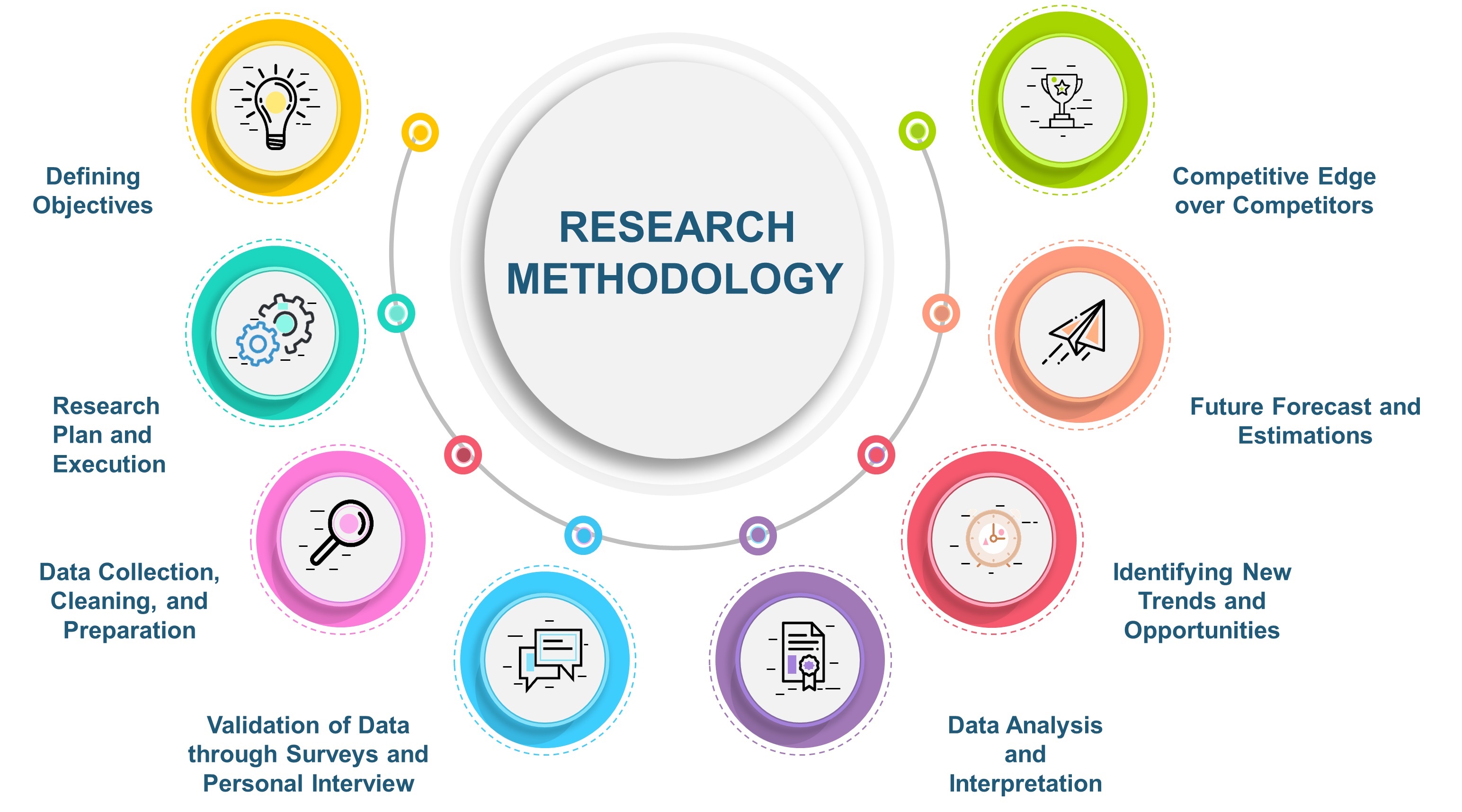
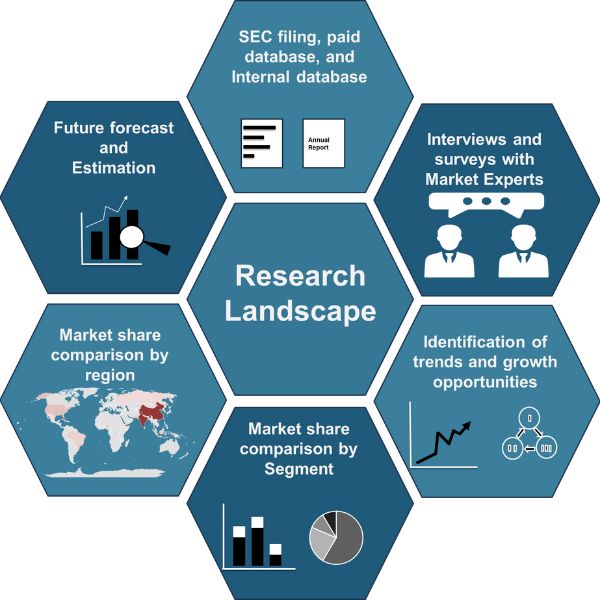
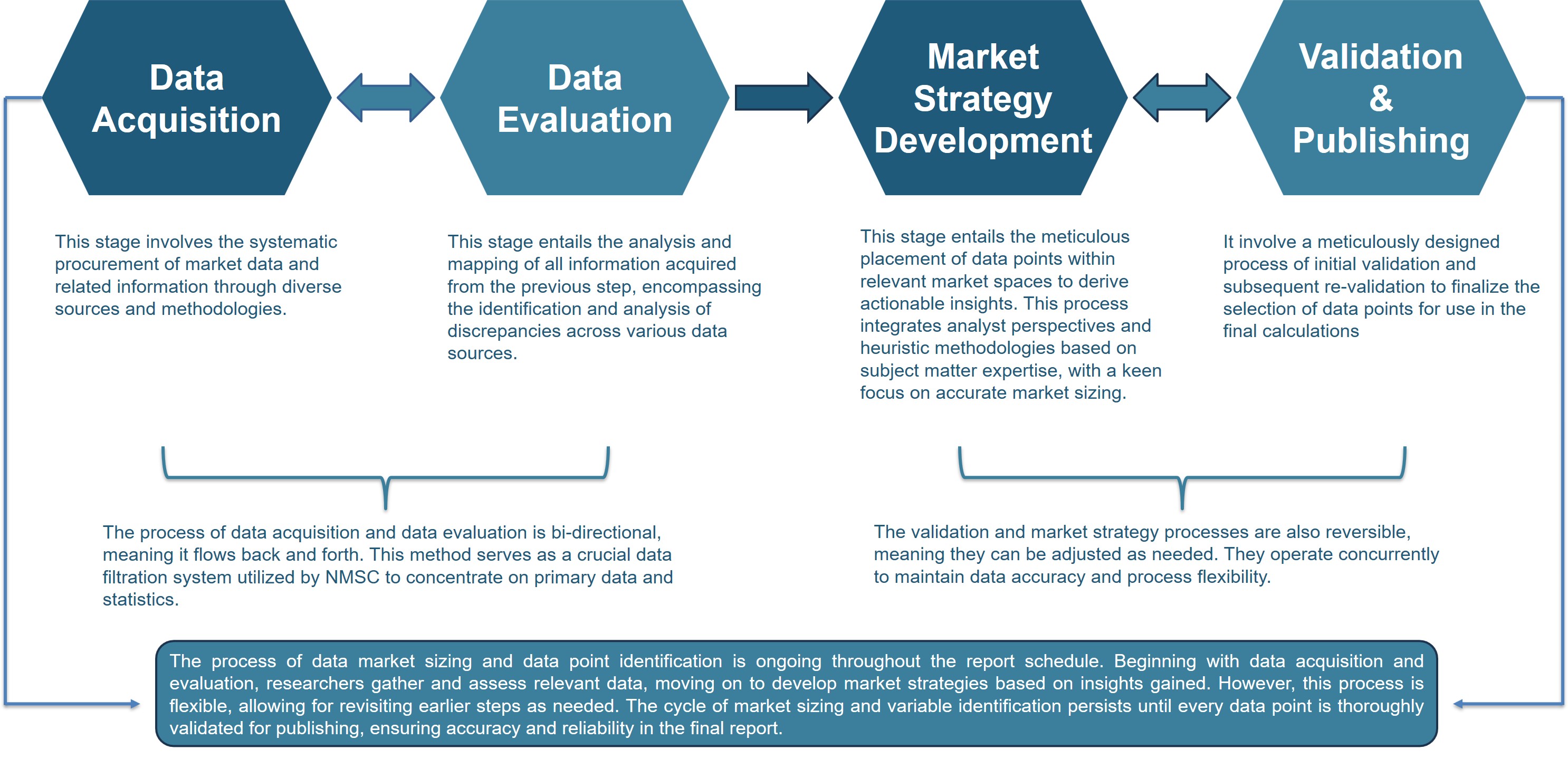
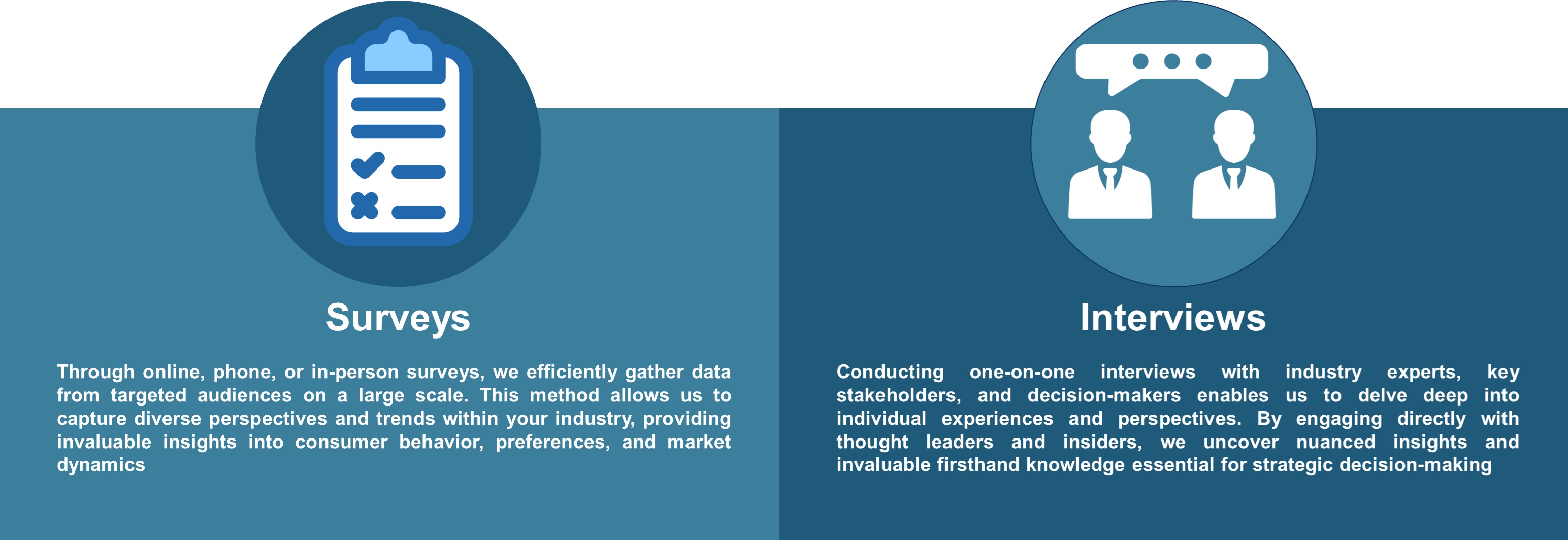


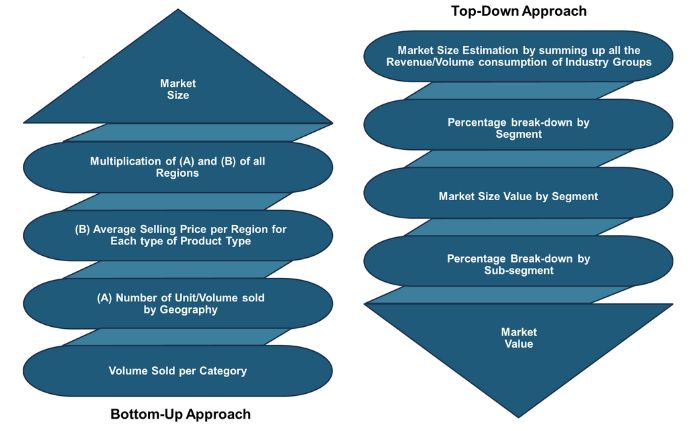
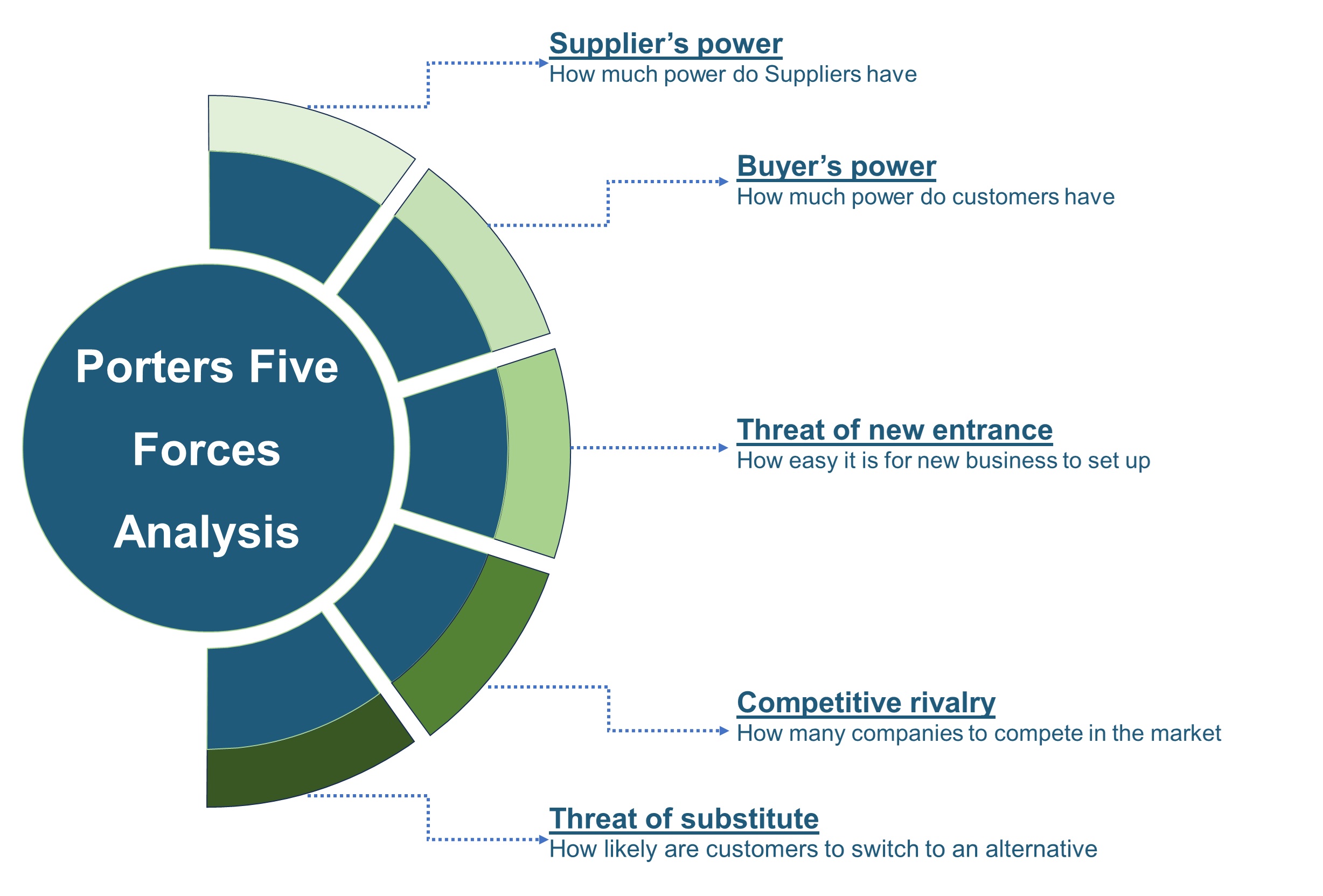


 Speak to Our Analyst
Speak to Our Analyst



